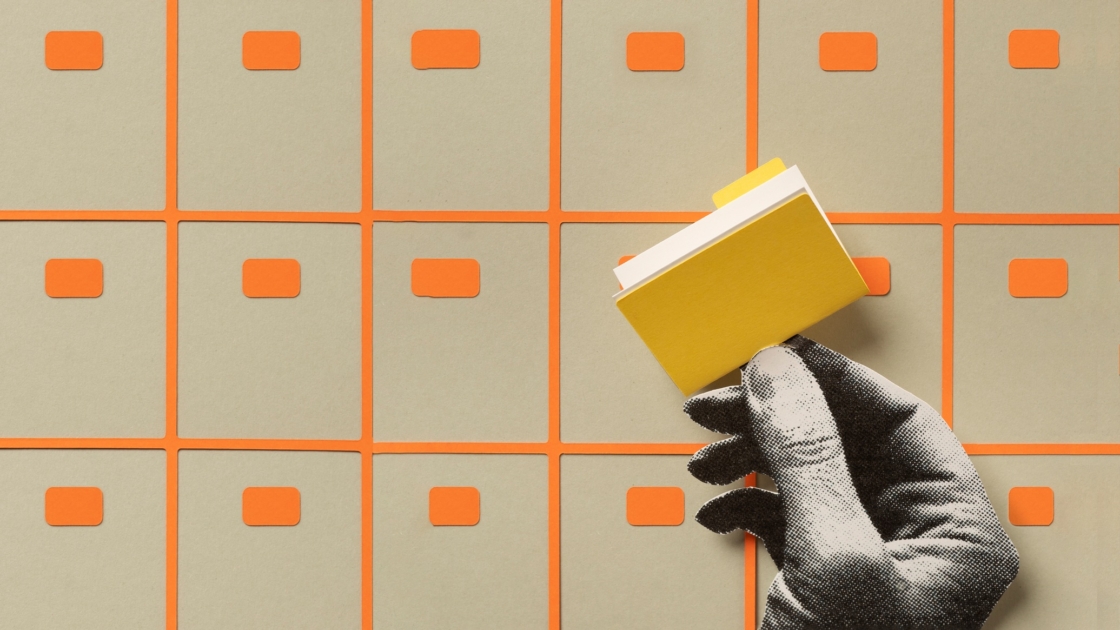When Muhammad Mujeeb-U-Rahman first came up with his idea, he asked his professors at CalTech how long it would likely take him to develop his product. Their estimates? Ten years. That didn’t stop Rahman then, and now, five years in, he’s still as driven as ever.
The product in question is a minuscule sensor—smaller than a half a sesame seed—that can be worn in the body (yes, in the body) and report glucose levels to a mobile phone app. Rahman first came up with the idea when his mother was diagnosed with diabetes and advised to prick herself daily to monitor her glucose levels.
“I’ve done it a few times, and it’s painful,” Rahman says. “We have revolutionized so many things, but we still ask people to hurt themselves 10 times a day.”
Rahman realized that the big medical device companies flush with cash aren’t likely to pursue such a product when there’s already a working solution in the market. “It’s risky to develop a new product,” Rahman explains. “For them, it’s more attractive for someone else to risk it.”
We have revolutionized so many things, but we still ask people to hurt themselves 10 times a day.
Rahman’s company, Integrated Medical Sensors, has slowly developed smaller and smaller models of the product, thanks to the ever-shrinking technology of semiconductors. While semiconductors have revolutionized our mobile devices and countless other areas of modern technology, Rahman says few are putting these advances into healthcare.
“You basically put a computer in your body,” Rahman says. The device contains tiny metal contents with chemistry that makes them sense one thing or another. In this case, it’s glucose, but the chemistry could be changed to sense other things, too.
Connecting with a community
Rahman, who has become a father since starting this project, speaks proudly of his days at CalTech, pointing out that it’s a small university that has nonetheless produced 37 Nobel Prize winners. Studying in a tight-knit community, with a class of less than 20 electrical engineering graduate students, he could easily sit in on a class outside his engineering expertise and chat with a professor. “Professors there are very open to strange and crazy ideas,” he says. “I was lucky.”
It took about five years to go from assembling a team to building the latest three generations of the device. Rahman left CalTech with a doctorate, experience managing a team, and, even better, a proof of concept. While pursuing his own medical device might not have been the most lucrative for his growing family, he had too much passion for this project.
“I saw a real problem,” he says. “I can make more money if I do something else, but I won’t be happy. This is my first baby.”
And his mom has kept him on course, too: “My mom always says, ‘When am I getting one?’ I have to tell her, ‘Mom it’s a very regulated field and a very complicated product.’”
Eyeing the finish line
After leaving CalTech, Rahman enlisted industry players to help his company move forward with testing. They’ve already completed the animal testing phase and are now asking the FDA for permission to test the product on humans. The testing will happen thanks, in part, to money the company won at the New York City Creator Awards. “If we can do that, we’ll be able to talk to big players in the medical device world,” he says, adding that those could be important partners when looking to do full clinical trials later down the road in this 10-year march to the finish line.
We want to create the cheapest solution possible. Everybody who needs it should be able to use it.
Over the years, Rahman and his team have survived on funding from the government, by way of the National Institutes of Health, the National Science Foundation, and the Small Business Innovation Research Fund. The company has purposefully steered clear of venture capital in order to maintain control of the larger mission.
“We want to create the cheapest solution possible,” Rahman says. “Everybody who needs it should be able to use it.”







